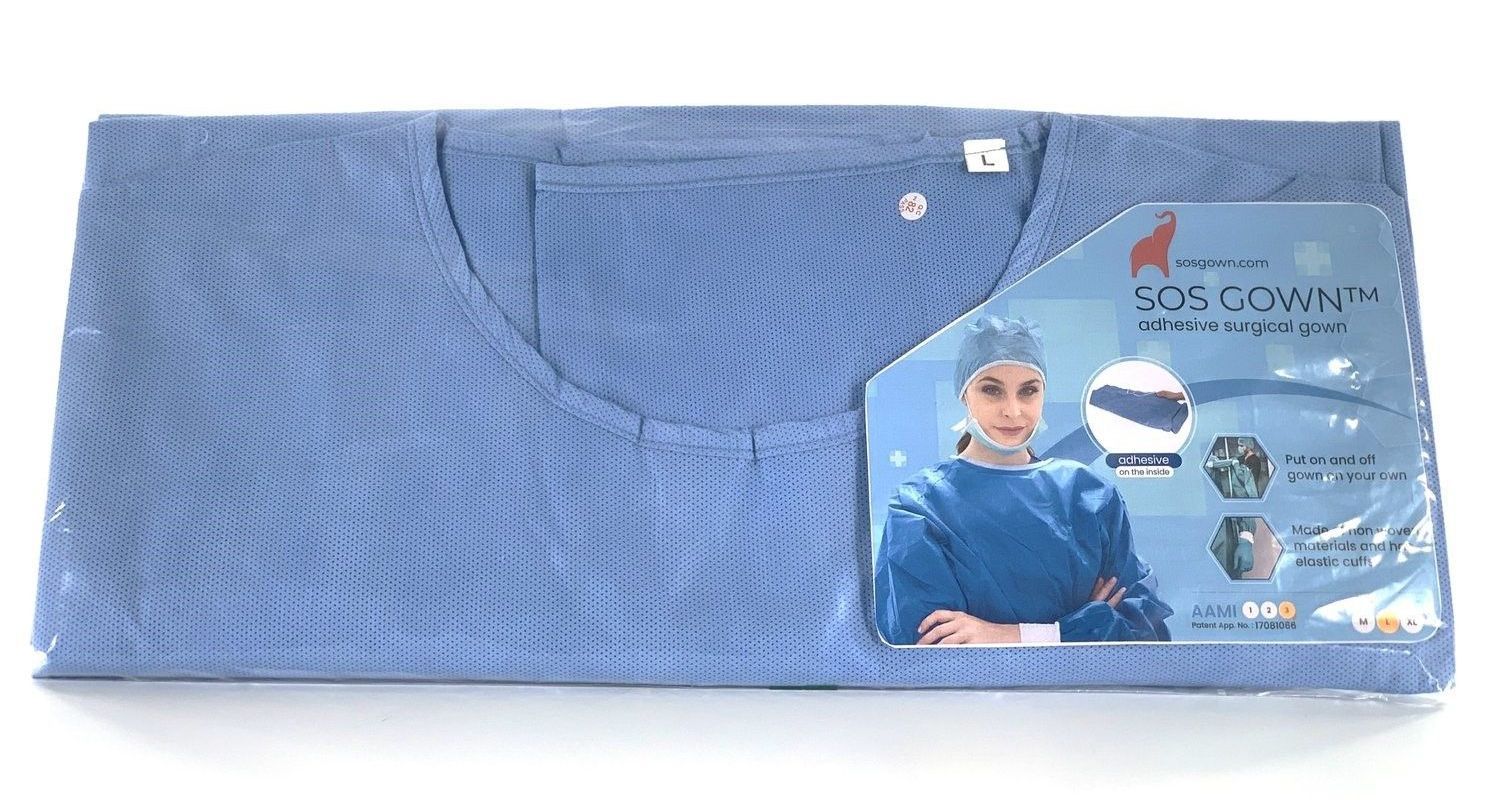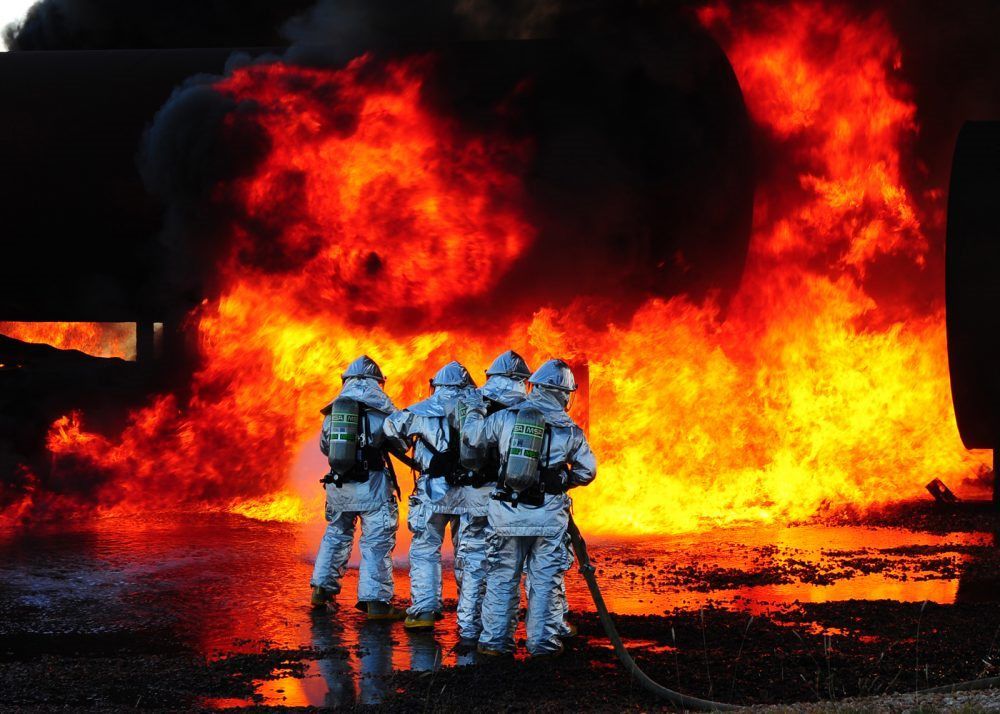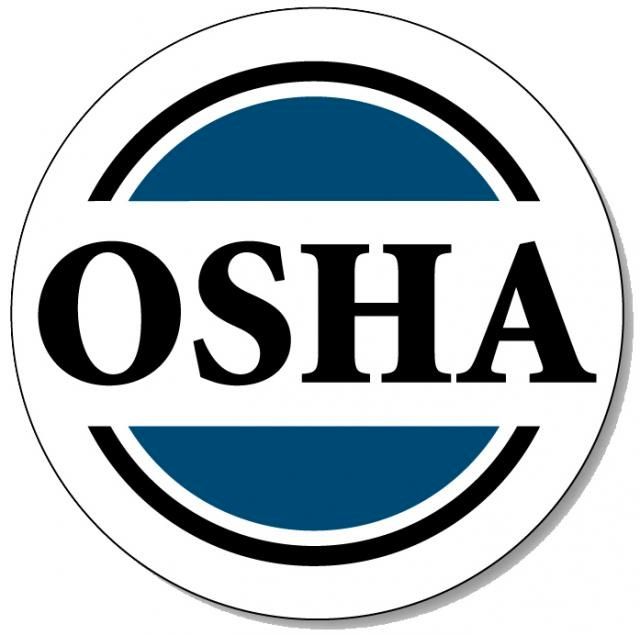HAI-est Heights
Viruses aren’t the only thing going viral these days. As Wikipedia summarizes, a hospital-acquired infection, also known as a nosocomial infection, is an infection that is acquired in a hospital or other health care facility. To emphasize both hospital and nonhospital settings, it is sometimes instead called a healthcare–associated infection (HAI).

Such an infection can be acquired in hospital, nursing home, rehabilitation facility, outpatient clinic, diagnostic laboratory or other clinical settings. Infection is spread to the susceptible patient in the clinical setting by various means. Health care staff also spread infection, in addition to contaminated equipment, bed linens, or air droplets. The infection can originate from the outside environment, another infected patient, visitors, staff that may be infected, or in some cases, the source of the infection cannot be determined.
As we look across the PPE landscape, the quality of protection varies vastly. Too many examples of poor-quality materials that have proven to tear easily and expose both personnel and the community at large to pandemic levels of infections.
The combination of low-grade solutions and overworked/overlapping staff have raised HAI impacts to an apex. Workers and patients should be valued and respected. As stated by infectious disease specialists, PSW (personal support workers) and hospitals should have the same quality of protection. If the sub-grade PPE stockpile distributed across the healthcare landscape is considered compliant then we all, from the government level and beyond, need to raise our standards up.
Both isolation and surgical gowns must address ease of use, higher compliance standards, comfort, and efficiency. A solution that spans a spectrum of use cases while enhancing the foundation of protection is a must. Hundreds of thousands of gowns per day are failing at providing a basic transmission barrier. Disposables are essential to workflow simplicity and hazardous waste management, but they have to deliver on their promises.
As measures to reduce contamination lax, the claim industry booms with complaints and valid lawsuits.
Health care–associated infections (HAIs) are among the most common complications of hospital care. According to a study by the Centers for Disease Control and Prevention (CDC), at any given time, approximately 1 of every 31 hospitalized patients in the United States has an HAI, meaning that approximately 633,300 patients contract one of these infections annually. More than one million HAIs occur across the United States health care system every year. These infections can lead to significant cases of preventable morbidity and mortality, with tens of thousands of lives lost each year. HAIs are estimated to cost billions of dollars annually.

Status quo approaches just won’t due anymore.
In order to change this cycle for the better, we all have to invest in solutions that matter.
The SOS Gown™️ innovation posits itself as best in class for a generational shift towards Care that brings rest and relief.








Advanced Biodegradable Protection Solutions
All Rights Reserved | PPE Plant




